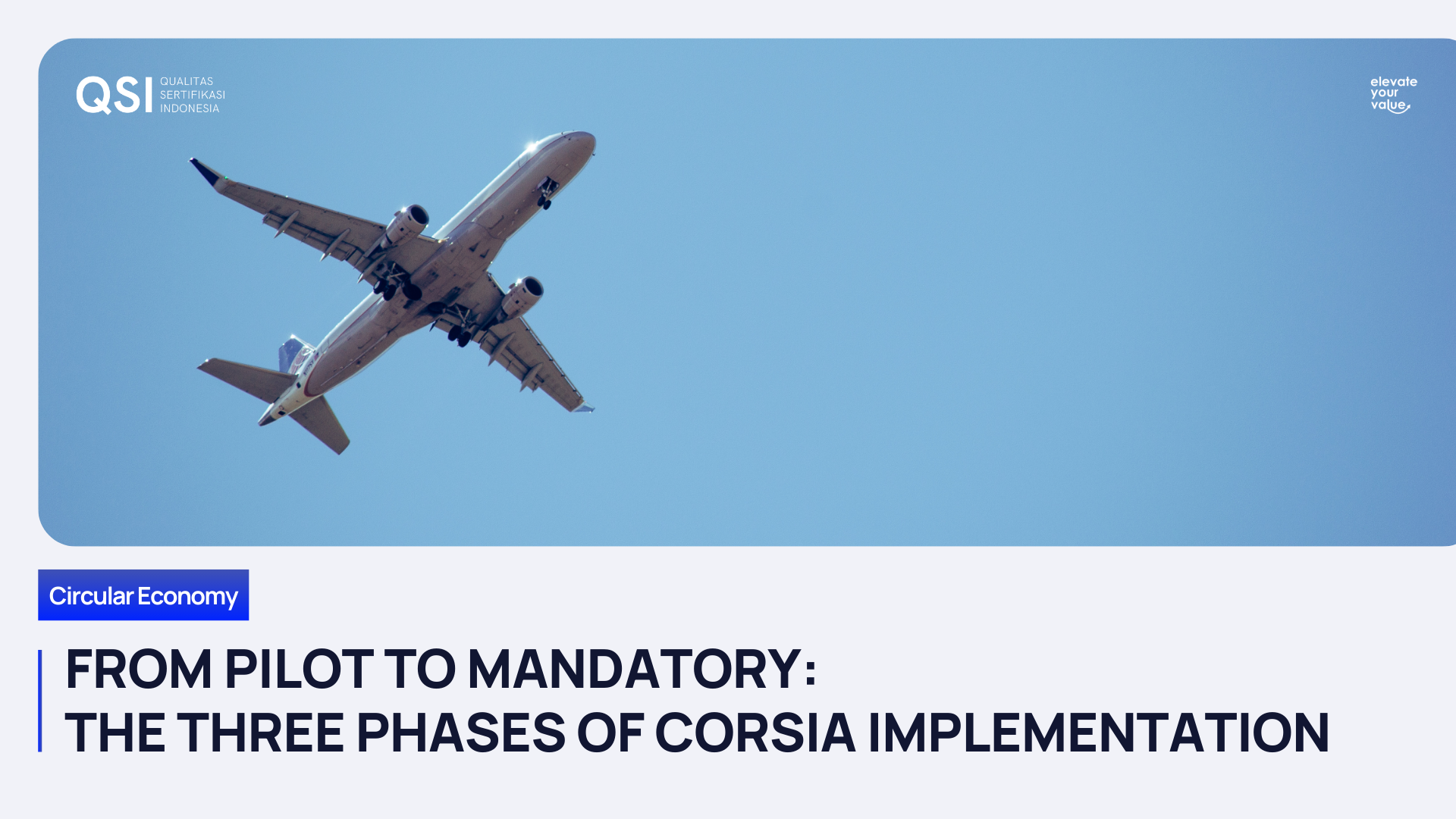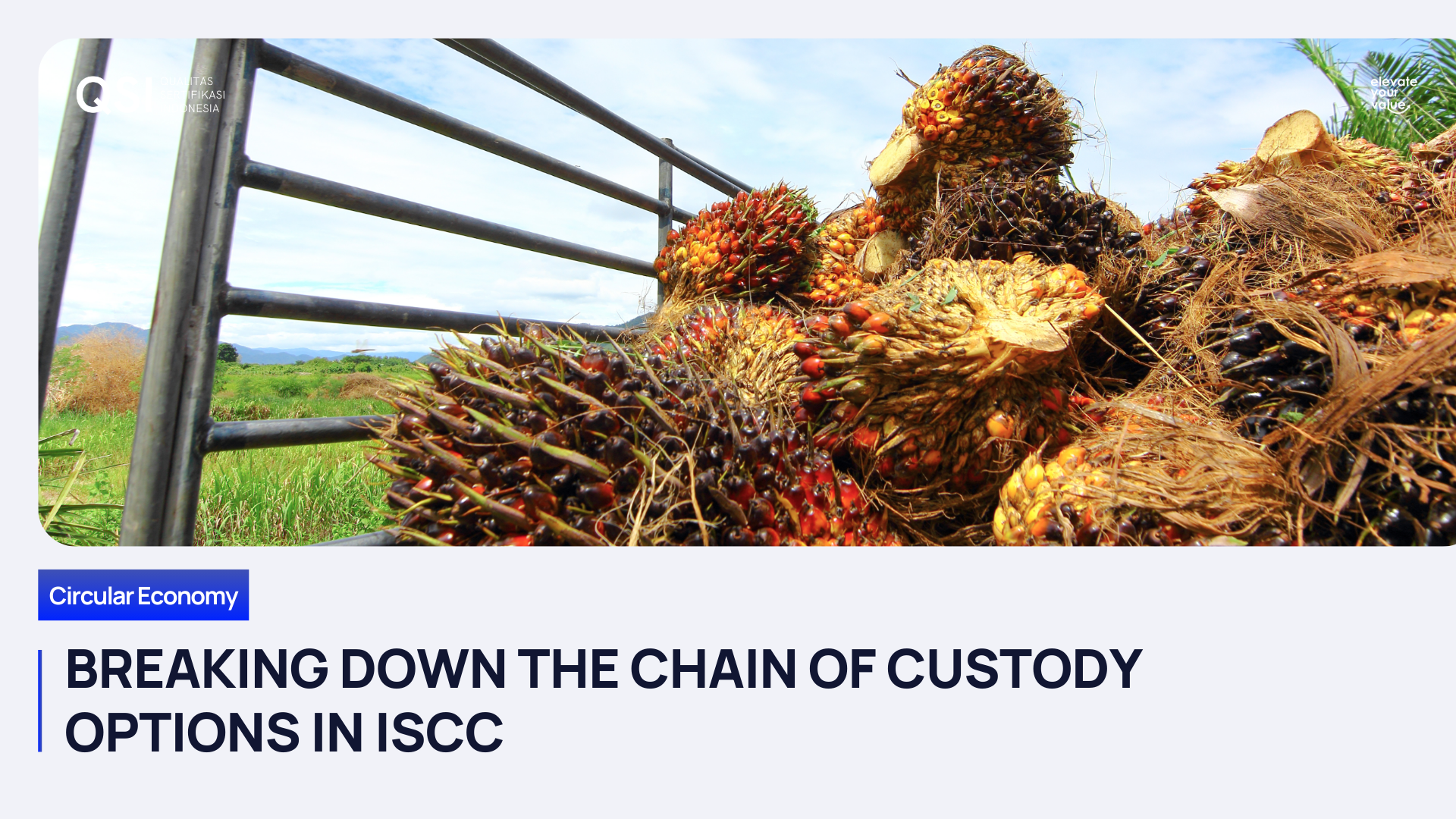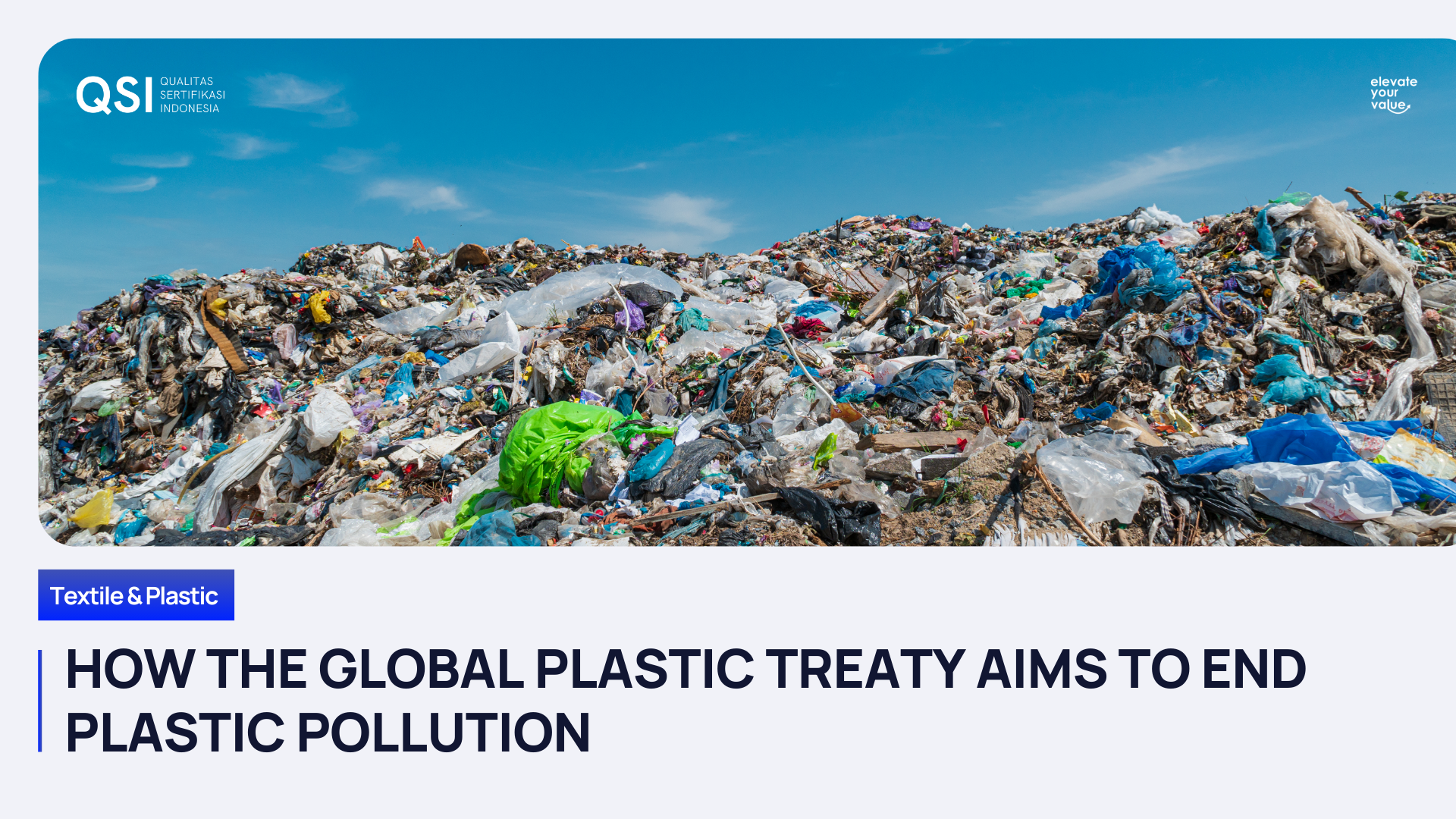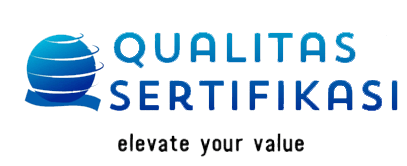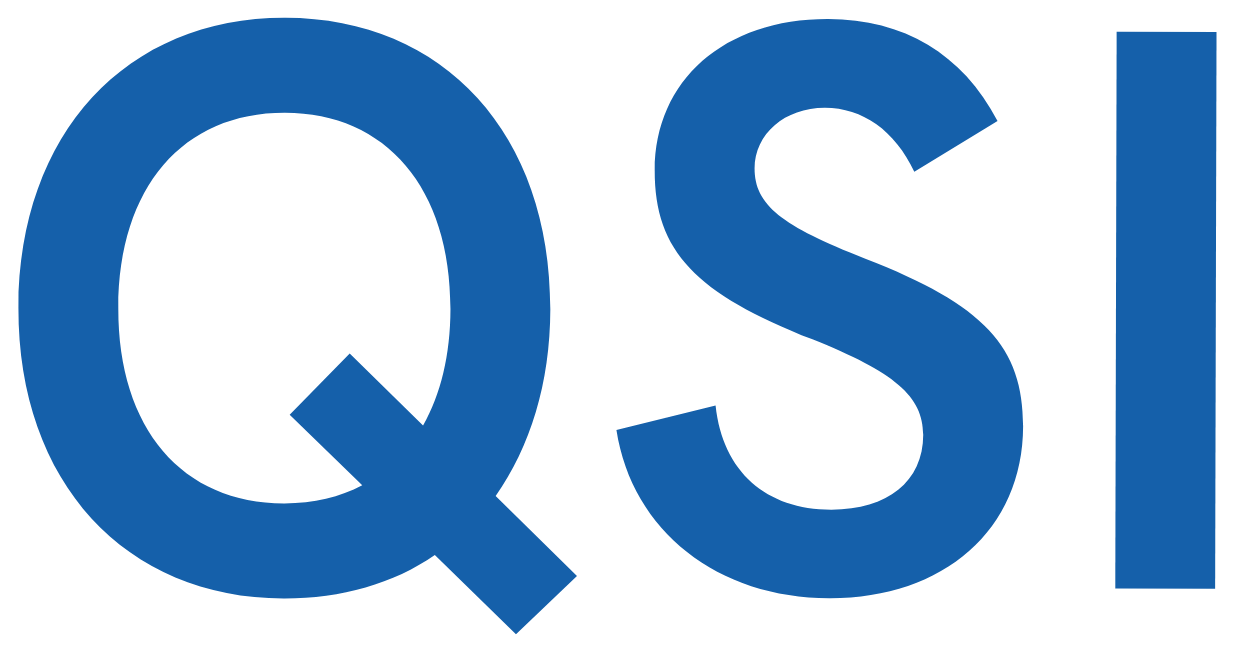Pengusaha Ekspor Harus Tahu Tentang Kode HS Terbaru BTKI 2022

Untuk para pelaku atau pengusaha ekspor pasti sudah tidak asing dengan istilah Harmonized Commodity Description and Coding System/Harmonized System (HS). HS ini berkaitan erat dengan Direktorat Jenderal Bea Cukai (DJBC), selaku gerbang untuk perdagangan internasional. Jadi, setiap barang yang keluar atau masuk Indonesia tarif pajaknya berbeda, tergantung klasifikasinya.
Terbaru, pada April 2022 kemarin, Pemerintah Indonesia resmi mulai menerapkan kode HS baru, yaitu Buku Tarif Kepabeanan Indonesia (BTKI) 2022. Menurut Menteri Keuangan Sri Mulyani Indrawati, pembaruan ini diberlakukan mengingat terjadi amandemen HS 2017 dan Asean Harmonised Tariff Nomenclature (AHTN) 2017. Seperti yang diketahui, pembaharuan seperti ini dilakukan secara berkala setiap lima tahun sekali.
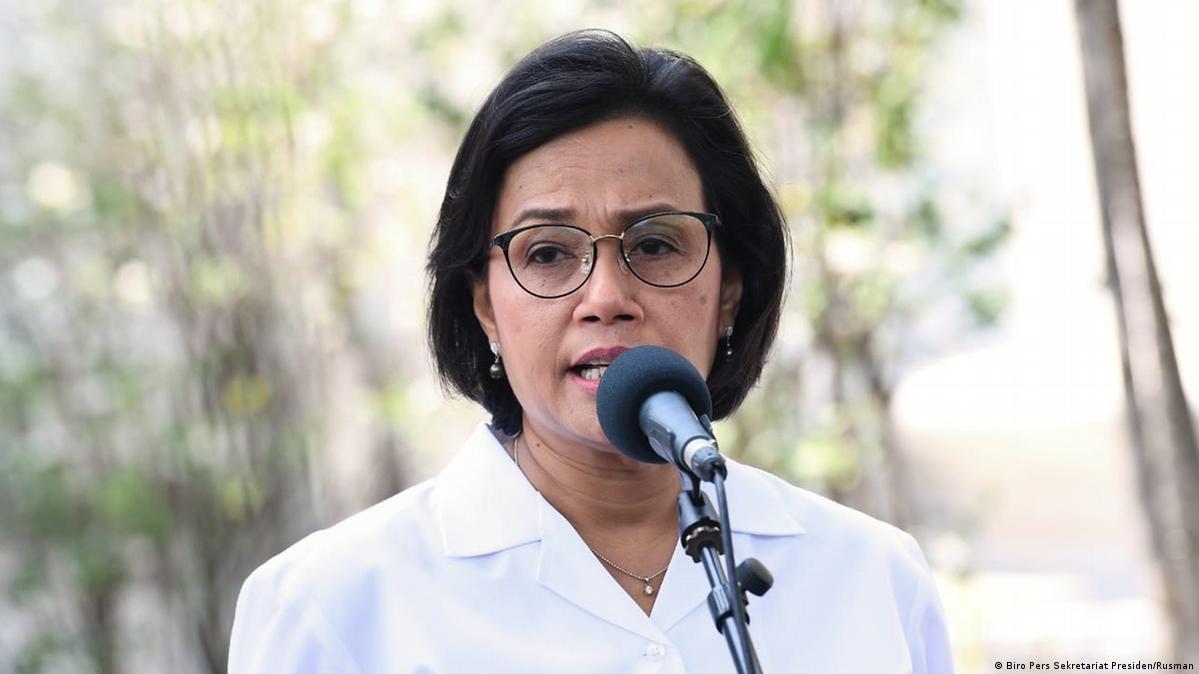
Dalam Peraturan Menteri Keuangan (PMK) No. 26/2022 disebutkan struktur klasifikasi barang menggunakan 8 digit kode numerik, atau yang biasanya disebut sebagai pos tarif. Kode tersebut berdasarkan salinan HS yang dikeluarkan oleh World Customs Organization (WCO) dan AHTN.
Kalau menurut Ditjen Bea dan Cukai atau DJBC, perubahan mendasar dalam BTKI 2022 dibandingkan dengan BTKI 2017 ini ada pada catatan bagian, catatan bab dan subpos, serta struktur tarif. Perbedaan lainnya pada BTKI 2022 mencakup 99 bab dan 11.414 pos tarif, sedangkan BTKI 2017 hanya memuat 10.813 pos tarif.
Pembaruan ini juga dilakukan dengan tujuan menyesuaikan sistem klasifikasi barang dengan perubahan pola perdagangan maupun situasi global terkini. Pesatnya kemajuan teknologi membuat perdagangan global juga ikut semakin berkembang. Di sisi lain, inovasi-inovasi di dunia teknologi memunculkan beragam jenis dan macam produk atau barang yang belum diatur secara rinci dalam BTKI 2017.
Adapun penambahan subpos dalam BTKI 2022 dilakukan untuk menampung kepentingan strategis industri dan perdagangan Indonesia yang sebelumnya belum dicantumkan dalam BTKI 2017. Beberapa di antaranya adalah produk batik, tekstil, CPO, pertanian dan ikan dan produk perikanan. Ada juga penambahan terkait alat bantu pernapasan atau ventilator, hospital bed dan beberapa alat kesehatan. Tidak luput juga yang tengah ramai dibicarakan akhir-akhir ini yaitu industri kendaraan listrik, kendaraan bermotor, sepeda listrik dan produk sejenis itu.
Dengan adanya implementasi BTKI 2022, diharapkan dapat memfasilitasi perdagangan internasional, caranya dengan mempermudah proses impor dan ekspor, serta proses pertukaran data. Tidak hanya itu, pembaruan BTKI 2022 juga disebut telah dirancang untuk mengakomodasi kelancaran arus barang sebagai bagian dari penataan ekosistem logistik nasional.
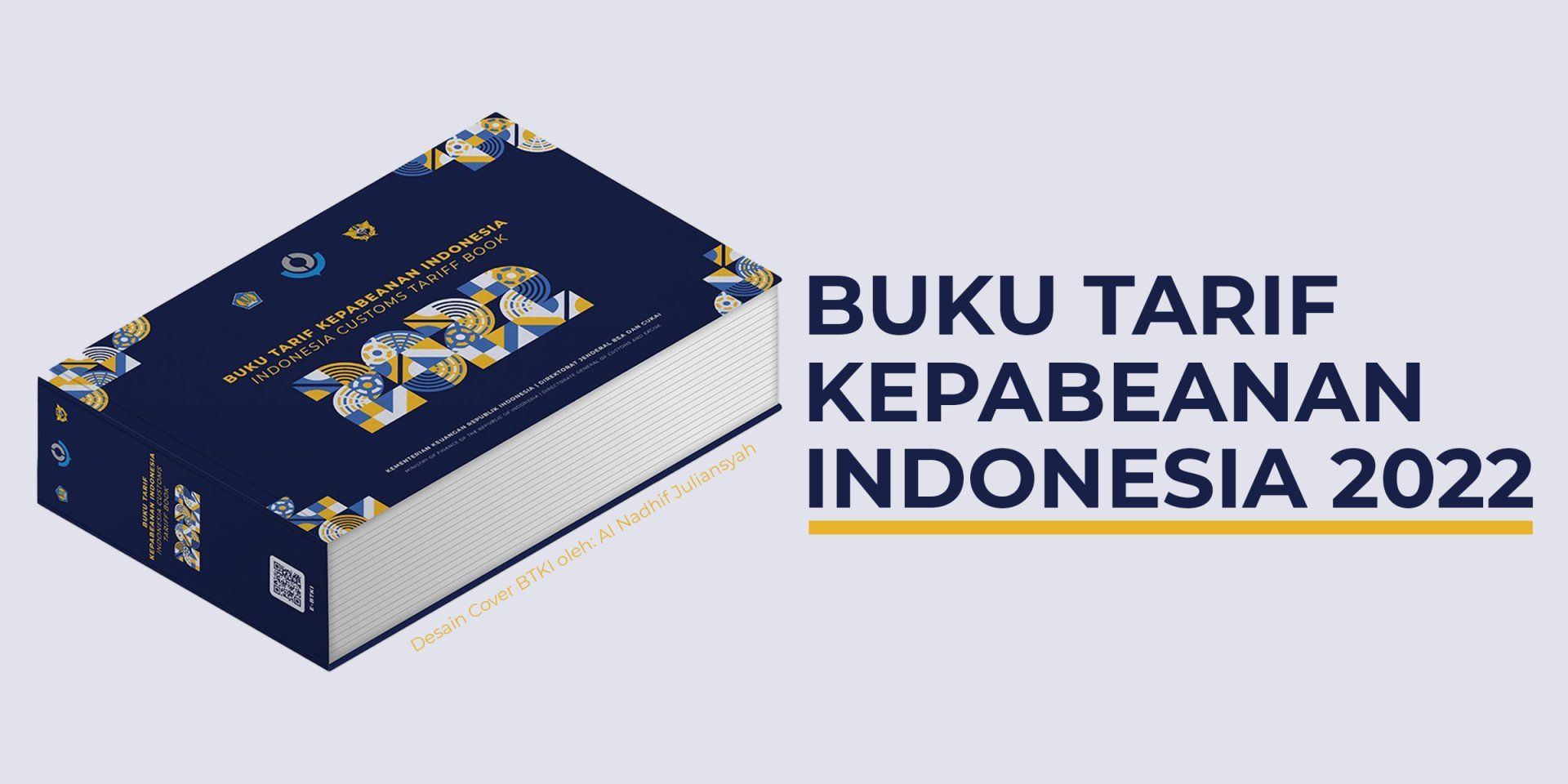
Untuk pengusaha yang fokus bisnisnya pada ekspor produk kayu, maka perlu memperhatikan baik-baik Bab 44, 47, 48 dan 94. Empat bab ini secara lengkap membahas seputar kebijakan dan pengaturan ekspor untuk kayu dan produk turunannya.
Bab 44, misalnya, fokus pada klasifikasi Kayu dan barang dari kayu; arang kayu. Di Bab 47 mengklasifikasikan Pulp dari kayu atau dari bahan selulosa berserat lainnya; kertas atau kertas karbon yang dipulishak (sisa dan skrap). Pada Bab 48 menjelaskan tentang Kertas dan kertas karton; barang dari pulp kertas, dari kertas atau dari kertas karton. Sementara pada Bab 94 merupakan klasifikasi untuk Perabotan dan Prefabrikasi dari kayu.
Perbedaan antara BTKI 2017 dan 2022 untuk produk kayu-kayuan terletak pada pemilihan jenis kayunya, yang mana kini ditambah dengan opsi kayu tropis.
Bab 44
Bab 44 berisikan 21 pos yang berbeda dan dari catatan yang ada, setiap referensi untuk ‘kayu’ dalam pos yang ada juga berlaku untuk bambu dan bahan lainnya yang bersifat kayu. Payung, tongkat jalan, alas kaki atau bagiannya, arang kayu aktif dan perhiasan imitasi menjadi beberapa contoh yang tidak masuk di bab ini.
Bab 47
Di Bab 47 dijelaskan Pulp yang dimaksud terdiri dari serat selulosa yang diperoleh dari berbagai bahan nabati atau dari limbah tekstil yang berasal dari nabati. Pulp yang paling penting dalam perdagangan internasional adalah pulp kayu, yang disebut dengan pulp kayu mekanis, kimia, semi-kimia, maupun kimia-mekanis tergantung pada metode persiapannya. Biasanya, jenis kayu yang digunakan adalah pinus, spruce, poplar dan aspen, serta kayu yang lebih keras seperti eucalyptus, kastanye, beech dan kayu tropis tertentu. Pada Bab 47 ini terdapat 6 pos berbeda sesuai dengan metode persiapannya.
Bab 48
Bab 48 terdapat 23 pos berbeda yang membahas seputar kertas dan kertas karton. Di dalamnya dibahas berbagai jenis kertas, disesuaikan dengan bahan dasar, bentuk, serta proses pembuatannya.
Bab 94
Sementara dalam Bab 94 dijabarkan seputar perabotan, baik itu untuk keperluan tidur maupun papan nama iluminasi, serta bangunan prapabrikasi dalam 6 pos berbeda. Istilah bangunan prapabrikasi ini berarti bangunan yang dirampungkan di pabrik atau disiapkan sebagai elemen yang diajukan bersama untuk kemudian dirakit di tempat.
Bagi yang belum tahu bagaimana cara mendapatkan atau mengetahui kode HS dan tarifnya, bisa langsung dicek melalui portal INSW milik Kementerian Keuangan, portal Inatrade dari Kementerian Perdagangan, atau menuju portal BTKI dari Ditjen Bea Cukai.
Buat teman-teman yang mau tahu informasi lebih lanjut seputar ekspor produk kayu, syarat dan dokumen apa aja yang harus disiapkan, bisa banget kepoin QSI di
link ini
untuk tahu informasi lebih lanjut!
